![]()
In a world that is constantly evolving and advancing, it is critical that the educational system keeps up. The traditional educational model, with its rigid curricula and one-size-fits-all approach, is no longer adequate to meet the needs of today’s students. This is where educational innovations enter the picture. These novel approaches to teaching and learning are transforming the classroom experience and preparing students to be lifelong learners capable of navigating an increasingly complex and dynamic world.
In this blog post, we will look at ten of the most exciting and impactful educational innovations that are changing the way students learn. These innovations, ranging from interactive technology to personalized learning and gamification, are helping to establish a more engaging and efficient learning environment for students of all ages.
Table of Contents
1. Interactive Technology
The incorporation of interactive technology into the classroom has been one of the most significant educational innovations in recent years. Technology is changing the way students learn, from tablets and laptops to interactive whiteboards and virtual reality headsets.
One example is the use of tablets and laptop computers in the classroom. Students can use these devices to access a wealth of learning resources and to complete assignments and projects digitally. Furthermore, tablets and laptops can be used for interactive activities like online quizzes and games, which can make learning more engaging and entertaining.
The use of interactive whiteboards is another example of interactive technology in the classroom. Teachers can use multimedia content such as videos, images, and animation on these large touchscreen displays to present lessons in a more interactive and visual manner. Students can also collaborate and share their work with the class using interactive whiteboards, which improves the learning experience even more.
Virtual reality (VR) is another cutting-edge technology being used in the classroom. Students can immerse themselves in a simulated environment and learn in a whole new way with VR. Students, for example, can visit historical sites or investigate scientific concepts in ways that are not possible in the real world. Want to learn more about how some platforms that can enable teachers to implement VR in Education? Check out our blog post on top free metaverse platforms for teachers.
2. Personalized Learning
Another educational innovation that is gaining traction in the classroom is personalized learning. This approach to education requires tailoring the learning experience to each student’s unique needs and interests.
Adaptive learning software is one way that personalized learning is being implemented. The content and difficulty of lessons are adjusted based on a student’s progress and abilities, ensuring that they are always challenged but not overwhelmed.
Project-based learning is yet another aspect of personalized learning. Students can choose their own subjects of study and work on projects that are relevant and meaningful to them using this approach. This not only makes learning more interesting, but it also helps students develop important skills like critical thinking, problem solving, and collaboration.
3. Gamification
Gamification is the method of incorporating gaming elements into non-game activities like education. This educational innovation has the potential to help learners’ learning more engaging and fun.
Educational games are one way that gamification is being used in the classroom. These games can be utilized to teach a wide range of subjects, including math, science, language arts, and social studies. Educational games frequently include interactive challenges and rewards, that can help students stay engaged and focused.
The incorporation of gamification elements into traditional lesson plans is another aspect of gamification in education. Points systems, leaderboards, and challenges that encourage learners to compete with their classmates and strive for improvement are examples of this.
4. Competency-Based Learning
Competency-based learning is an educational approach that, rather than following a traditional curriculum, focuses on assisting students in developing specific knowledge and skills. This method allows students to learn at their own pace and demonstrate their progress through assessments and projects.
One way to implement competency-based learning can be the incorporation of different badges based on the knowledge and skills. These badges are given to students who have demonstrated mastery of a specific skill or subject area. They can be shared on social media or added to a student’s online portfolio, giving students a tangible way to showcase their accomplishments.
As previously stated, competency-based learning can also include the use of project-based learning. This enables students to apply their skills and knowledge to real-world situations and problems, enhancing their learning and development even further.
5. Flipped Classrooms
A flipped classroom is a teaching method in which students go through lessons and complete assignments outside of class time. This allows for more interactive and hands-on activities in the classroom, such as discussions, projects, and problem-solving workouts.
One advantage of the flipped classroom approach is that students can learn at their own pace. They can pause, rewind, and review lessons as needed to ensure that they fully comprehend the material before proceeding further. It also allows students to concentrate on the parts of the content that they find the most challenging or interesting, rather than being forced to sit through a one-size-fits-all lecture format.
Furthermore, the flipped classroom approach allows teachers understand individual students better and accordingly tailor their in-class activities based on the students’ needs and interests. They can use classroom time to facilitate group discussions, one-on-one help, and hands-on learning activities that are challenging to do online. Here is what Wikipedia have on flipped classroom teaching.
6. Online Learning
Another educational innovation that has gained widespread popularity in recent years is online learning. also known as distance education or e-learning. The internet and digital technologies are used to deliver course materials and facilitate the learning process in this approach to education.
Convenience is one of the primary advantages of online learning. As long as they have an internet connection, students can complete coursework from anywhere, at any time. This is especially beneficial for learners who have busy timetable because of work or live in remote locations.
Furthermore, online learning can be less expensive than traditional on-campus education. Many online programs provide tuition discounts and may have lower overhead costs, making them more accessible to learners.
Online learning is also very adaptable. Students can frequently select from a diverse range of courses and programs, and they can frequently complete coursework at their own pace. This is especially useful for students who must balance their studies with work or other obligations.
7. Blended Learning
Blended learning is a hybrid educational method that combines conventional in-person instruction with online learning. Students can benefit from the flexibility and convenience of online learning while still receiving support and guidance from a teacher thanks to this educational innovation.
The use of online lessons and course materials in conjunction with in-person discussions and activities is one example of blended learning. This enables learners to review the material on their own time while still asking questions and receiving feedback from their teacher.
The use of technology in the classroom is another aspect of blended learning. Teachers can enhance in-person lessons and make learning more engaging by using interactive whiteboards, tablets, or other digital applications and tools.
8. Maker Spaces
A maker space is a designated area within a school or library where students can express themselves creatively and work on hands-on projects. These areas are frequently outfitted with various tools and materials, such as 3D printers, robotics kits, and crafting supplies.
Maker spaces enable students to learn through discovery and hands-on experimentation. They can work on projects that are purposeful to them and teach them valuable skills like problem-solving, critical thinking, and collaboration.
Furthermore, maker spaces can help students develop a sense of community and collaboration. They can collaborate on projects, share ideas and resources, and encourage and support one another as they learn and create.
9. Social and Emotional Learning (SEL)
Social and emotional learning (SEL) is also considered as one of the educational innovations that concentrates on assisting students in developing essential skills such as self-awareness, self-management, social awareness, relationship skills, and decision-making responsibility.
Role-playing, group discussions, and mindfulness exercises are common activities in SEL programs. They may also employ technology, such as virtual reality or game elements to assist students in learning and practicing emotional and social skills.
One of the advantages of SEL programs is that they can assist students in developing resilience and coping with difficulties and stress. They can also help to foster a sense of community and connection in the classroom, which can improve learning and overall well-being.
Furthermore, SEL programs can assist students in developing important life skills that will benefit them far beyond the classroom. Communication, conflict management, and teamwork are all crucial skills in both personal and professional life.
10. Microlearning
Microlearning is a method of teaching that involves providing small chunks of knowledge or skills in a highly specific and effective manner. This method is especially beneficial for busy learners who may not have a lot of time to dedicate to learning.
Microlearning can be implemented in a variety of ways, including the use of mobile apps and online platforms that deliver short, bite-sized lessons on a wide range of topics. These lessons are commonly interactive, with games, quizzes, and other engaging activities.
Microlearning is especially effective at assisting students in remembering information because it allows them to focus on one topic at a time and review the material as needed. It can also be used to reinforce learning and assist students in mastering new skills.
Short courses or video lectures, interactive quizzes, and gamified learning experiences are some examples of microlearning activities. Microlearning can also be used by teachers to supplement traditional lessons and to provide additional learning assistance to students.
Conclusion
The educational innovations mentioned in this blog post are only a tiny portion of the many fascinating and impactful approaches to teaching and learning that are currently being developed and implemented worldwide. These innovations, ranging from interactive technology to personalized learning and SEL, are assisting in the creation of a more engaging, effective, and supportive learning environment for students of all ages.
As the world continues to disrupt and evolve, it is critical that the educational system keep up. We can help students become lifelong learners capable of navigating an increasingly complex and dynamic world by embracing educational innovations. So, try to look further on other educational innovations if you want to constantly remain effective as an educator or educationist.
Khondker Mohammad Shah-Al-Mamun is an experienced writer, technology integration and automation specialist, and Microsoft Innovative Educator who leads the Blended Learning Center at Daffodil International University in Bangladesh. He was also a Google Certified Educator and a leader of Google Educators Group (GEG) Dhaka South.
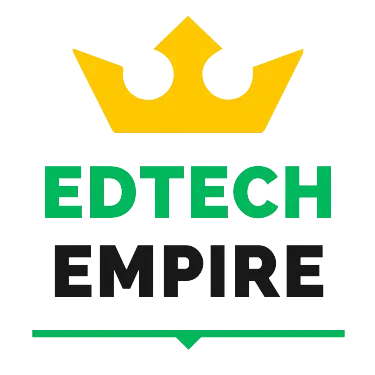





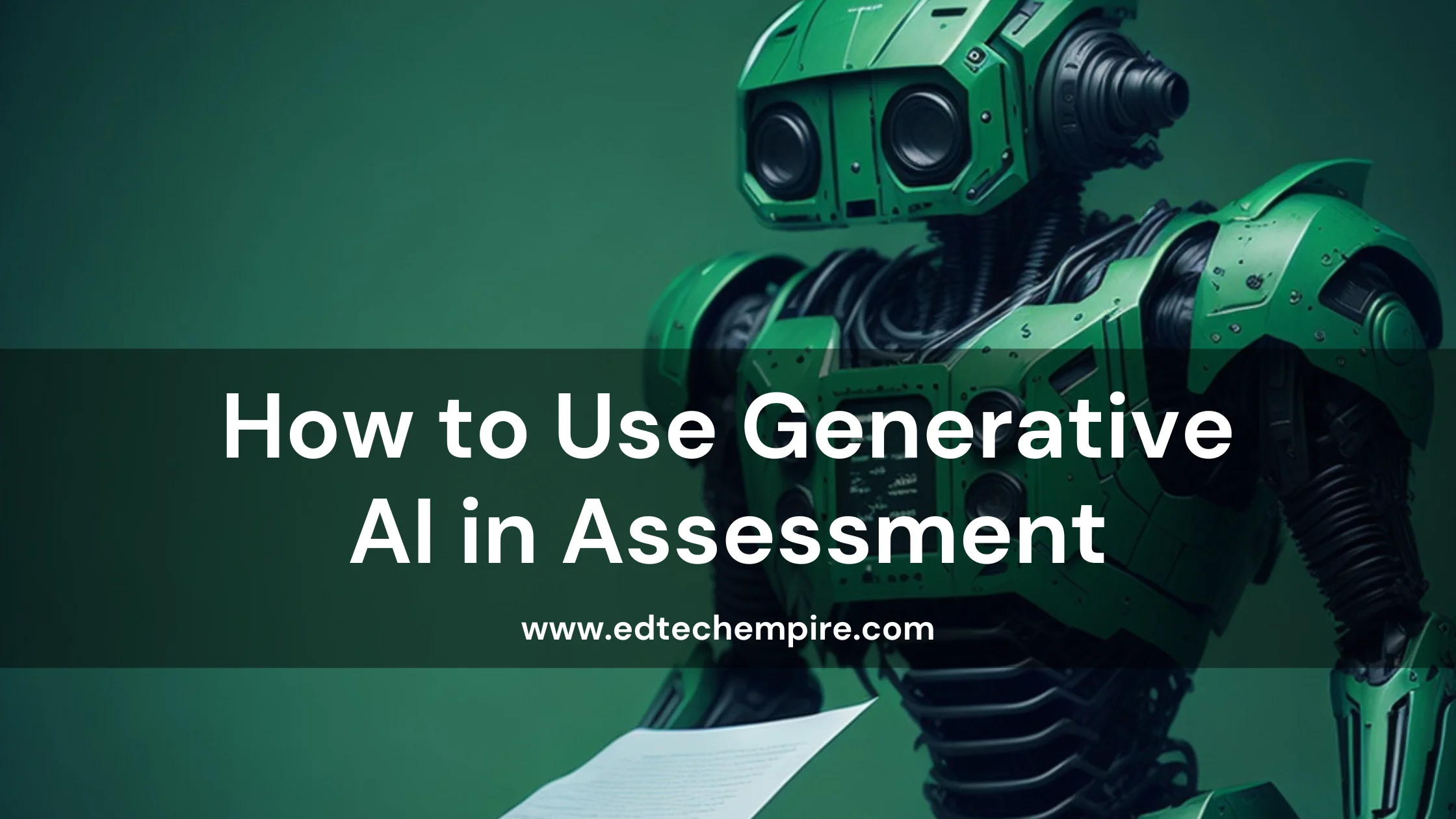
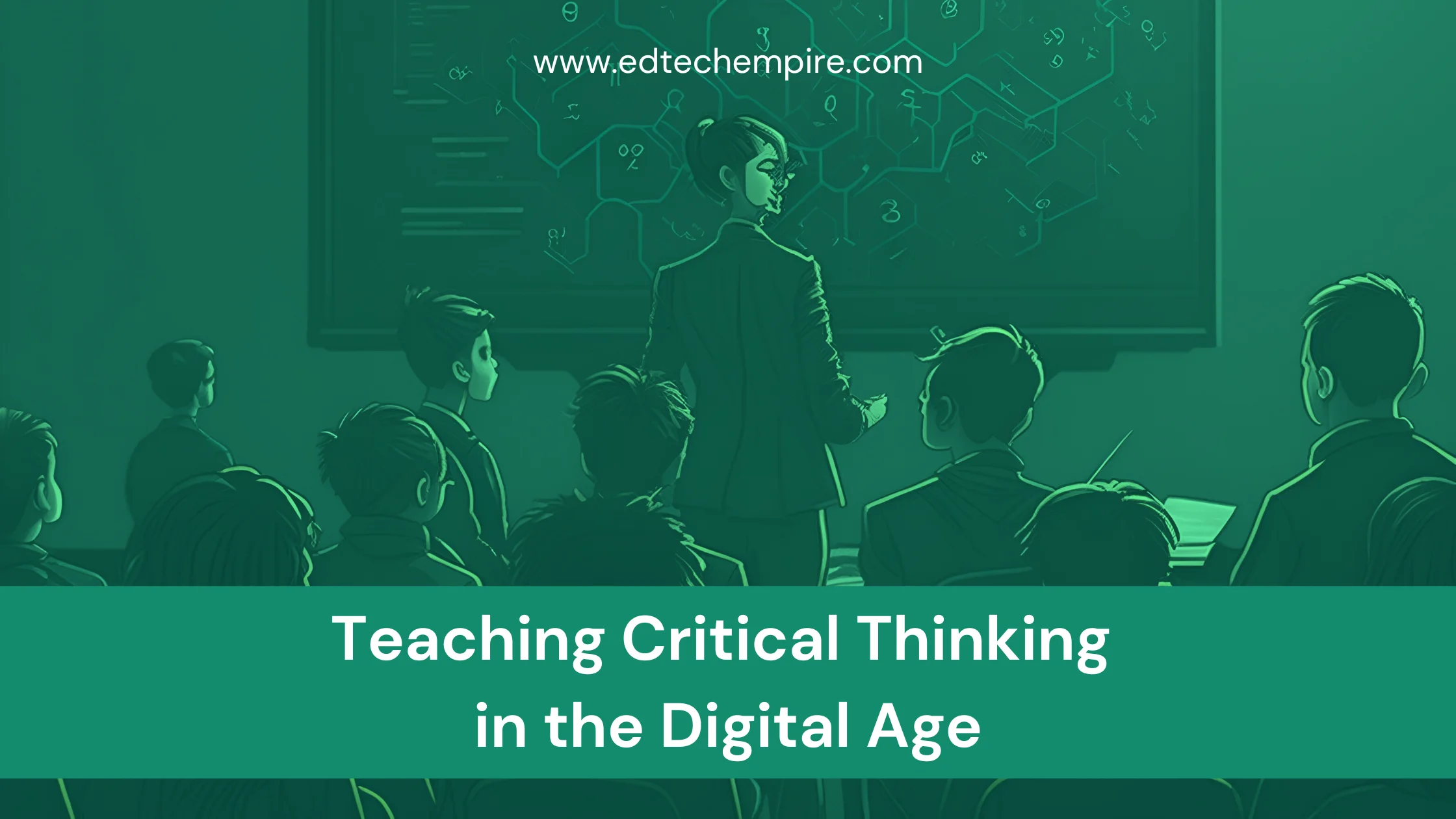


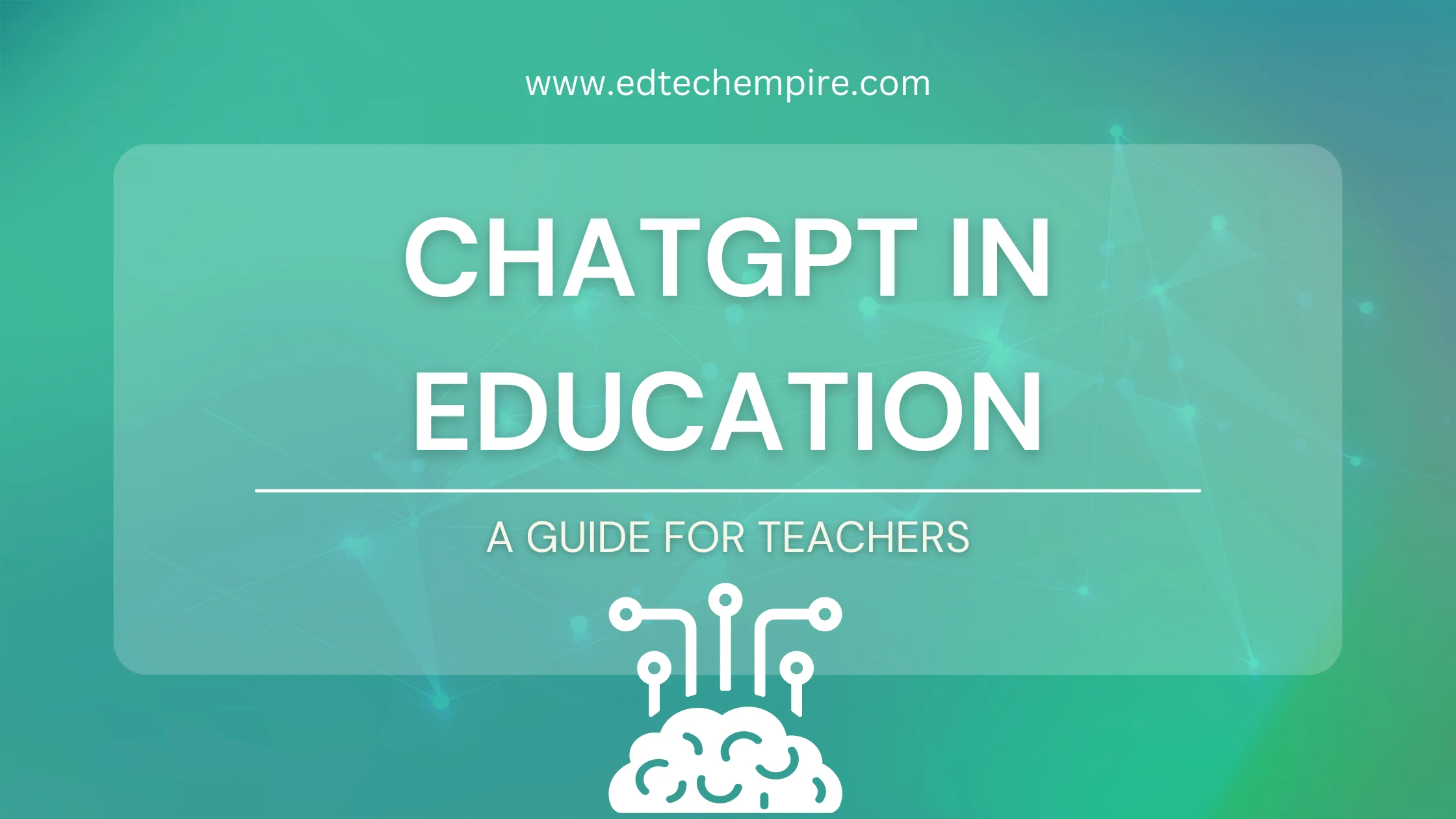

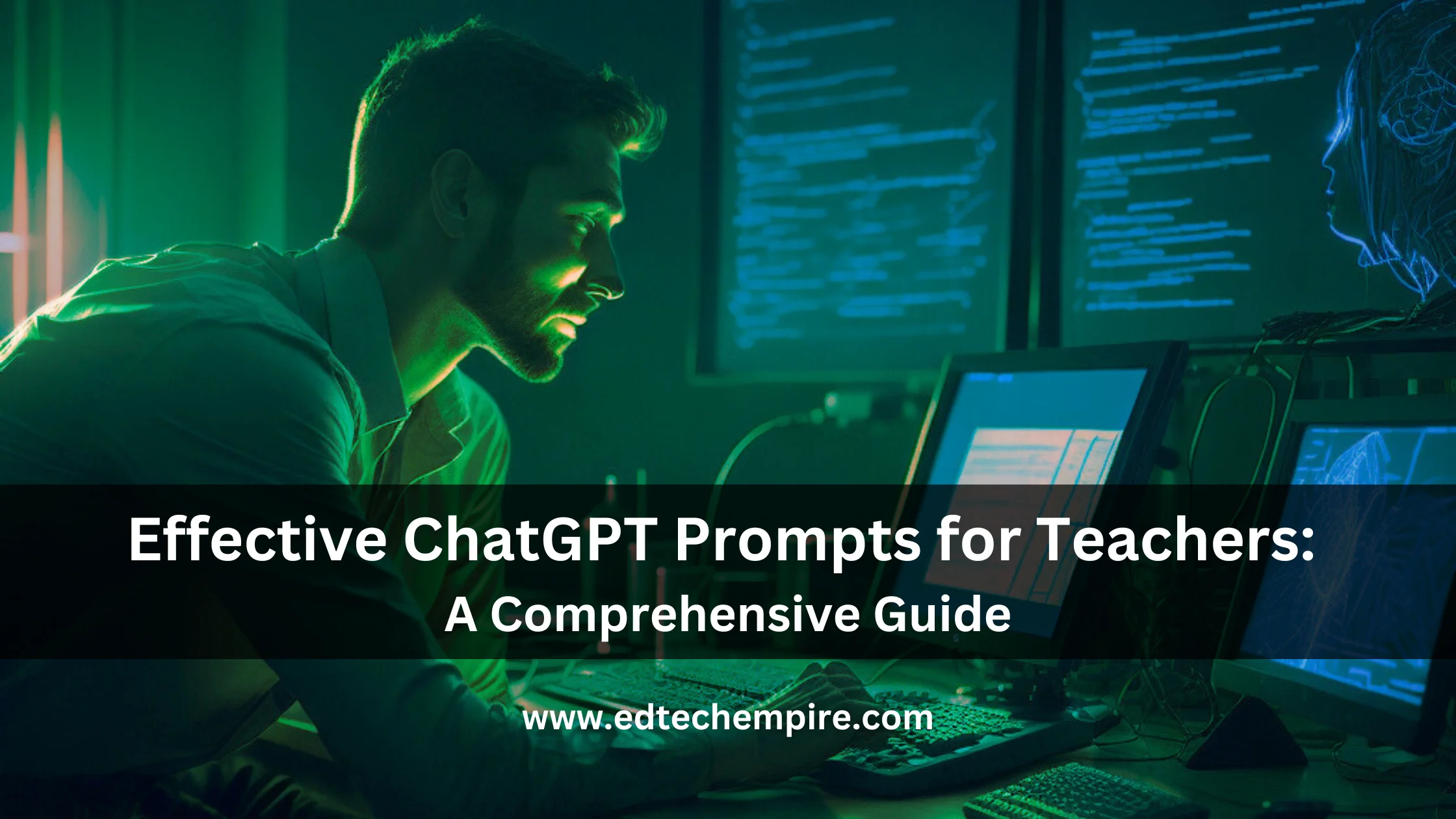

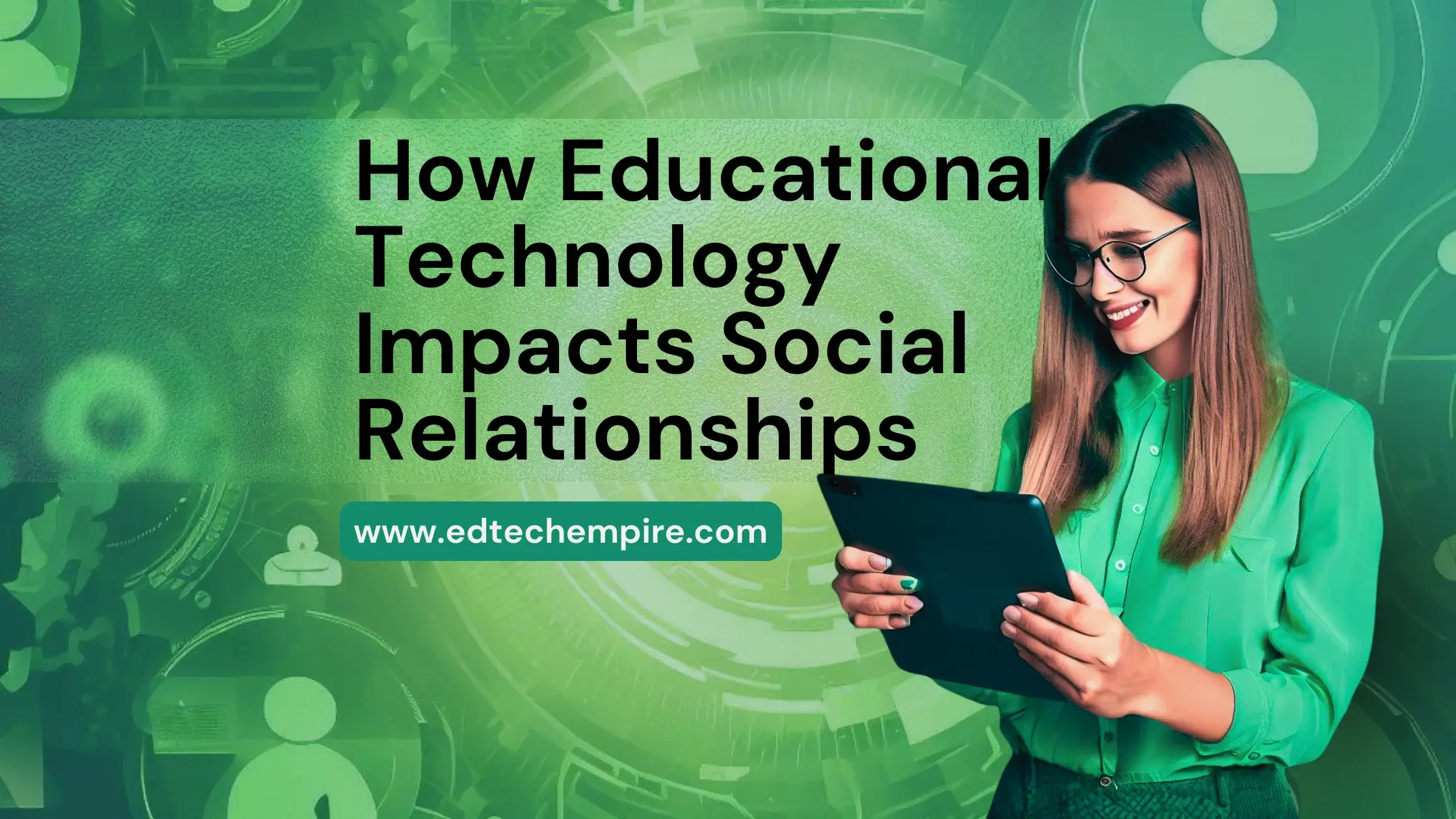
Leave a Reply